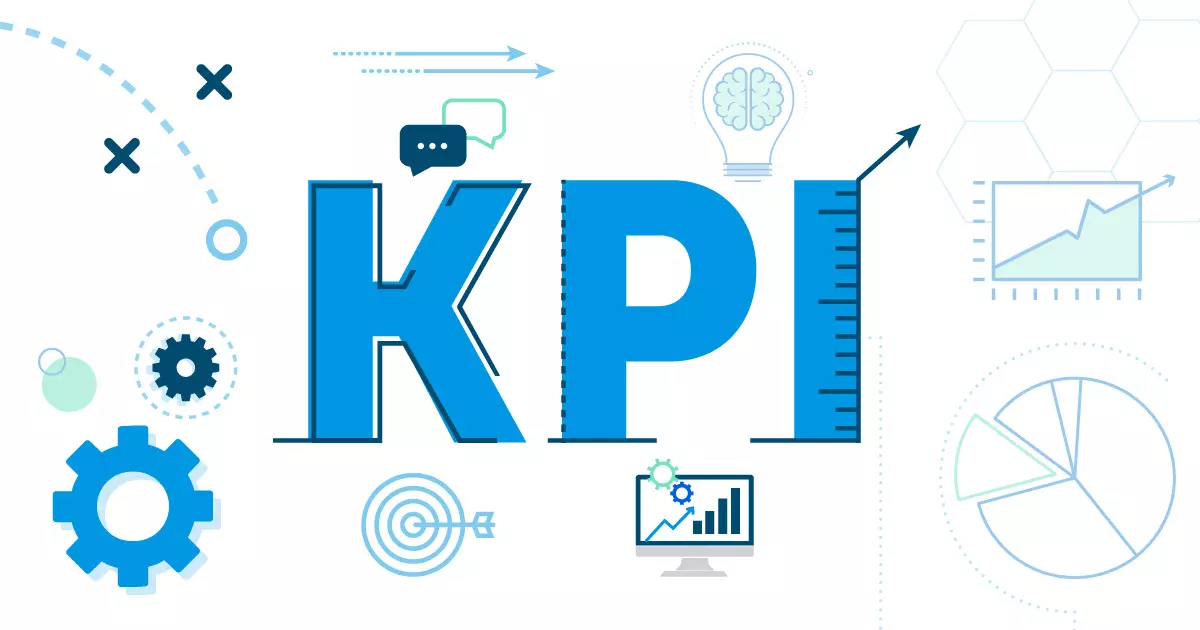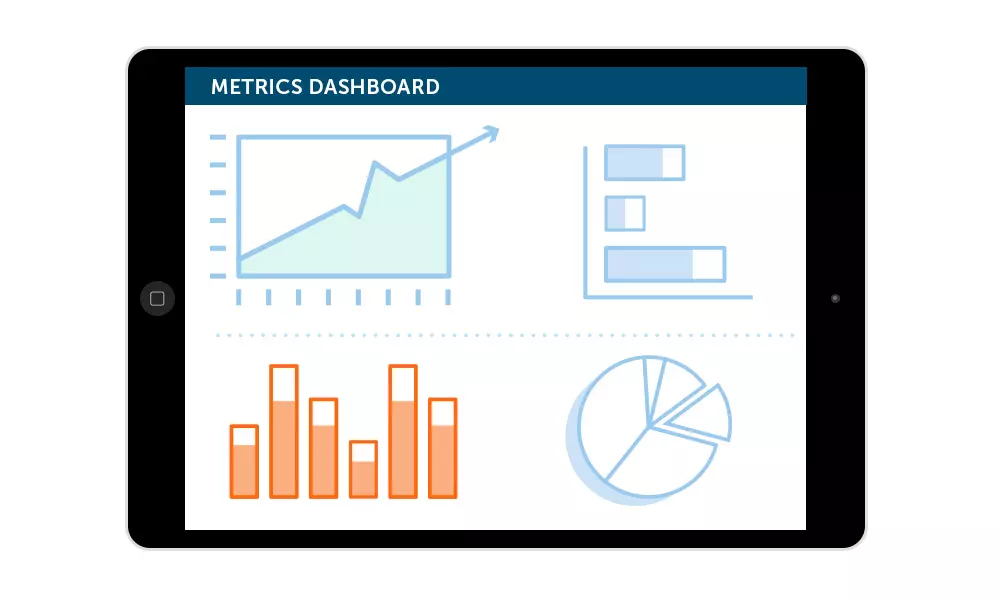How to Select the Right KPIs for Your Marketing Program

Learn tips for selecting the right KPIs for your marketing program. Start with benchmarks, set goals and then establish the indicators of success.
Do you have a clear idea of how successful your marketing efforts are? It’s important to keep track of overall performance of your marketing and use key indicators of that performance. This helps you figure out what’s doing well and where you need to improve. You do that by creating various Key Performance Indicators (KPIs).
In a previous blog, I mentioned that “KPIs are little gems in web metrics that you need to take a look at on a regular basis to determine how well or how poorly something is performing.” It’s important for KPIs to be aligned with your business’ goals and objectives, and they should be unique to your business. But what’s the best way to figure out what those are?
In this blog, you’ll learn some tips for selecting the right KPIs for your marketing program. My recommendation is to always start with your benchmarks of past performance, set your goals and then work backwards to establish what those indicators of success should be.
![]()
I really like using wireless fitness trackers as a good example of setting up KPIs:
- First, buy yourself a fitness tracker and start monitoring some of your own metrics: How much are you sleeping? How much are you eating? What is your weight? How much are you currently exercising? By looking at these initial metrics, you can get some benchmarks of how you’re doing in terms of your overall health and activity.
- Then decide where you’d like to be with overall goals. For example, how much would you like to be sleeping? What’s your ideal weight? Is there a half-marathon you’d like to run? etc.
- After that, work backwards to establish what your KPIs should be. For example, to lose weight, you need to be more active and consume less calories. Some initial key indicators or targets could be working out at least four times per week, getting at least 10,000 steps, consuming 1,800 calories daily, burning 2,000 calories daily and getting at least seven hours of sleep per night.
- Then, monitor your KPIs and the progress towards your targets using the fitness tracker. For example, if you know you only worked out three times this week or that you only got 7,000 steps today, you need to adjust what you’re doing to hit your targets. By monitoring your KPIs in this way will ultimately help you get to your overall goals.
In terms of B2B marketing KPIs, it’s important to focus on a few key metrics instead of every data point you can possibly gather. I know that a bonus of living in such a digital world is that you can now collect more data than ever, but to keep you streamlined and focused, less is definitely more. I like how this Klipfolio blog post summarizes the main six factors for selecting KPIs:
- Pick KPIs that are Aligned with your strategic business objectives
- Make sure the KPIs you pick are Attainable
- Be Acute in your choice of KPIs
- Pick Accurate KPIs
- Select KPIs that are Actionable
- Pick KPIs that are Alive

Some of my favorite KPIs that our clients monitor frequently on their dashboards are:
- Website traffic and activity – These are indicators of the behavior of the people who are visiting your website. Some of these are sessions and overall traffic volume; understanding where visitors came from; what content they viewed, and what they’re doing on the site; as well as other engagement metrics such as pageviews per session, average session duration and bounce rate.
- Social media follower growth and engagement – These are indicators of the reach and spread of a social media conversation along with how people are participating in a conversation about your brand. These are things like followers/fans/subscribers on various social media platforms as well as the number of likes, shares, comments, retweets, etc. that are happening with various posts.
- SEO metrics – These are indicators of a brand being found through organic search. Some of the best KPIs for organic search are keyword rankings, organic search web traffic and inbound link building (where you’re acquiring authoritative links to your website).
- Landing page conversion rates – These are good indicators of the messaging effectiveness in your advertising and if your CTAs are converting your visitors. A main conversion on a landing page is a form submission so you’re able to collect lead data.
- Number of leads & cost per lead – These are key indicators of getting people into the beginning stages of the sales pipeline and how much it costs you to do so. If you have the ability to work with your sales team, take this one step further to classify them into buckets of marketing qualified leads (MQL) and sales qualified leads (SQL). You can keep taking your data further if you have the closing ratio metric (the number of leads you’ve received over a specific period of time divided by the actual amount of leads you’ve closed), which can tell you how many leads you need to get from your marketing program.
- Traffic-to-lead ratio – This is an indicator that tells you, out of your web visitors, how many of them are converting and becoming leads. This is a KPI for the quality of your traffic. If you’re just starting out, it’s important to get a baseline and then work on improving it over time.
- Customer Lifetime Value – This is an indicator of how much a customer is worth to the business over the lifetime of their relationship. Understanding this type of data helps a company with profitability and helps define the ideal customers to focus on. If you’re not sure how to calculate it, please check out this blog by CXL.
Overall, it’s important to find the KPIs that make the most sense for you. If you need further help on figuring out industry-specific KPIs, a good resource is the KPI Library at http://kpilibrary.com/. Or, if you need help identifying and tracking your specific marketing KPIs, feel free to contact us. We’re always happy to answer questions.
Sign Up for our Newsletter - Get agency updates, industry trends and valuable resources delivered directly to you.
Godfrey Team
Godfrey helps complex B2B industries tell their stories in ways that delight their customers.




